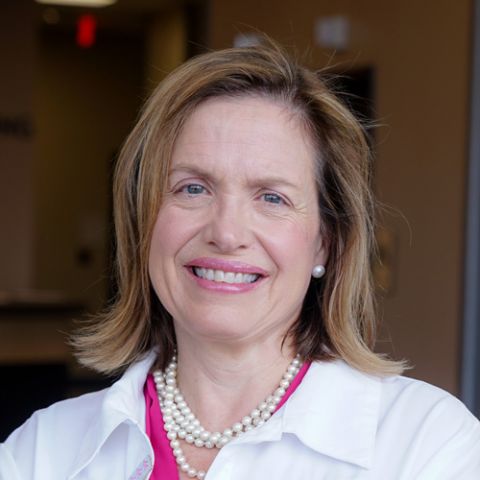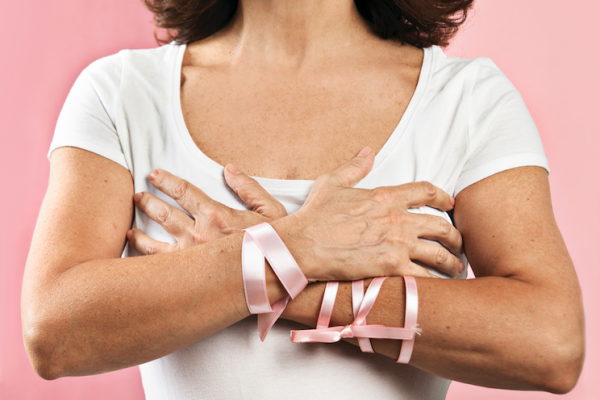Finding a lump, either during a self-examination or an annual physical, might be how most women think breast cancer is found.
However, the goal of screening mammography is to find a cancer when it is too small to feel, says Ermelinda Bonaccio, MD, FACR, Chair of Diagnostic Radiology at Roswell Park Comprehensive Cancer Center.
“We encourage women to be familiar with their breasts and to promptly report any changes to their physician. When woman do feel a lump, it is typically not during a self-directed monthly exam but they just happen to notice it. Most lumps women feel are not cancer but it is important to have it evaluated with mammography and/or ultrasound because you cannot tell by how it feels whether it is cancer,” Dr. Bonaccio says. “However, the best way to find an early cancer in most women is with mammography.”
“Many women will tell me after I find something on a mammogram or ultrasound that they feel fine and do not feel anything in their breast,” Dr. Bonaccio says. “That is the goal: we are trying to find the cancer before you feel anything. That is why we recommend women come in every year for their mammogram.”
Roswell Park follows National Comprehensive Cancer Network guidelines for breast cancer screening, which includes annual screening mammography beginning at age 40 for average risk women. Women at increased risk for breast cancer may need to start sooner. At Roswell Park, women who may be at increased risk of breast cancer can be evaluated in our High Risk Breast Cancer Program.
Screening mammography is the only test which has been shown in multiple trials to lower the risk of dying from breast cancer. In addition, detecting a breast cancer at a very early stage often means the woman will need less aggressive treatment, a lumpectomy rather than a mastectomy. She may be less likely to need chemotherapy as part of her treatment.
It is also important to remember that most woman who develop breast cancer do not have a family history of breast cancer. "I always tell women that you need to have a screening mammogram every year if you are over age 40, even if no one in your family has had breast cancer,” Dr. Bonaccio says.
Is pain a warning sign?
Many women also will ask whether feeling pain in their breast is an indication or early symptom of breast cancer. However, pain is not an early sign of breast cancer.
“Most women know that the bilateral pain that waxes and wanes with your menstrual cycle is normal and related to our hormones,” Dr. Bonaccio says. “Some women will get areas of focal pain and they will come in with concerns that they have developed breast cancer. For breast cancer to cause pain, it is typically large enough that there is no question as to the diagnosis. Pain is not really a sign of breast cancer. We have been taught that if you feel pain, there is something wrong, but this is not quite true with regards to breast cancer. If a woman is over 30 and is concerned about pain, we could potentially do a mammogram for evaluation. If the pain is focal, we can also evaluate the breast tissue with ultrasound. However, there is no data to suggest we find breast cancers when pain is the only symptom.”




